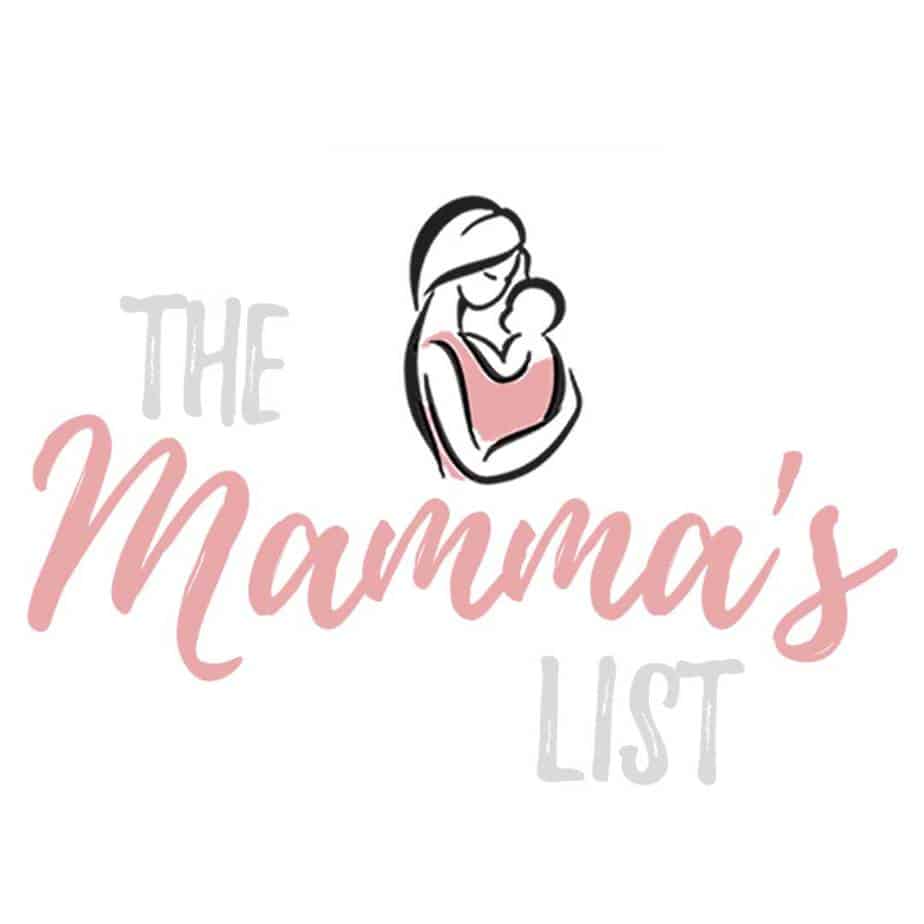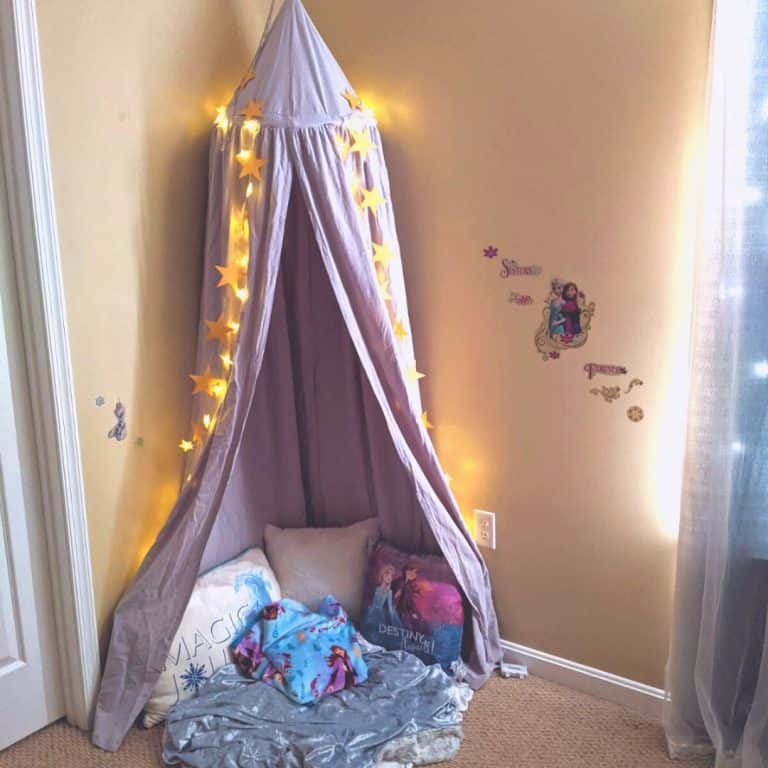Safe Sleep: The Ten Commandments to Reduce Baby’s Risk of SIDS
If you’re reading this post you most likely have a newborn or an infant or are about to become a parent. Congratulations! Parenthood, especially the first year, is a fun-filled journey that you can’t fully prepare for. There are going to be hundreds of new fears and anxiety once your little one is born. Most importantly, you’ll want to do everything in your power to keep your new baby safe. One of the biggest fears of new parents is Sudden Infant Death Syndrome (SIDS) as it’s the leading cause of death for infants between one month and one year of age. However, there are many things you can do to reduce the risk of SIDS. One of the most important things you can begin doing immediately is to follow safe sleep practices.
This post probably contains affiliate links. That means if you buy something using one of my links I may receive a small commission – at no additional cost to you! How cool is that? It’s kind of boring, but feel free to read my full disclosure if you want more info.

Unfortunately, there are a lot of products on the market that people swear by that aren’t actually safe for sleep. For instance, this may be a crazy truth bomb, but your baby shouldn’t sleep in a swing. Now, I’m no masochist. I know that sometimes the baby just needs to sleep in the swing. Or whateverdevicefinallygetsyouanhourofsleep. I totally get it. However, you shouldn’t get into bad habits that are unsafe. You’ll want to develop long-term safe sleep practices starting as soon as your little one is born.
I’ll explain more about each of these “commandments” in detail below.
The Mamma’s List 10 Commandments of Safe Sleep:
- Always put a baby to sleep flat on her back
- Ditch the swaddle as soon as baby starts to roll
- Don’t let baby sleep on the couch or a soft surface (especially with you)
- No co-sleeping in your bed with fluffy comforters and pillows
- Avoid sleeping in any plush device that could possibly obstruct breathing
- No bumpers in the crib
- No blankets, pillows, or stuffed animals in the crib
- Use a firm sleep surface with a tight-fitting sheet
- Share a room (but not a bed) with parents for the first six months
- Avoid baby’s exposure to smoke, alcohol, or drugs, and never allow them to sleep in bed with someone who has taken any type of sedative
Always put a baby to sleep flat on her back
Putting babies to sleep on their back and the safe sleep campaign that launched in the 1990s reduced the SIDS rate by more than 50%.
A great product that helps with this is the SNOO Smart Sleeper Bassinet.
Related: Read our full SNOO review and find out if it will help you get more sleep with your newborn.
Ditch the swaddle as soon as baby starts to roll
Once baby starts to roll or exhibits signs of rolling, it’s time to lose the swaddle. Babies may be able to roll one way and then not back again. If arms are tightly swaddled they can suffocate once on their tummies.
Use a firm sleep surface with a tight-fitting sheet
Don’t use plush and memory foam mattresses in the crib. Nor any option that leaves an indentation when a baby is put down.
Share a room (but not a bed) with parents for the first six months
Room sharing allows parents to keep closer watch over their babies, but sleeping in a separate bed reduced the risk of entrapment and strangulation that can occur with bed sharing.
Don’t let baby sleep on the couch or a soft surface (especially with you)
The AAP mentions the higher risk of sleep associated deaths on couches or other furniture versus beds. Babies get wedged between the cushions or even between you and the cushions if you’re sleeping there as well.
No co-sleeping in your bed with fluffy comforters and pillows
In many SIDS cases, babies are found with sheets or pillows over their heads. If you do decide to bed share, make sure you’re on a mattress without comforters or pillows that can lead to suffocation.
Avoid sleeping in any plush device that could possibly obstruct breathing (i.e. swing as mentioned above)
Babies can turn their heads and get wedged in a position where they can’t breathe. Most bouncer, swings, and other plush holding devices are not safe for sleep.
No blankets, pillows, or stuffed animals in the crib
Any of these items contribute to the infant getting stuck and being unable to breathe.
No bumpers in the crib
Bumpers (along with comforters, pillows, and other sheets) contribute to head entrapment and suffocation. They aren’t necessary to prevent baby from being stuck. Newer crib regulations require a smaller width between bars, and I’d much rather a slightly wedged arm or leg versus suffocation.
Avoid baby’s exposure to smoke, alcohol, or drugs, and never allow them to sleep in bed with someone who has taken any type of sedative
This should be common sense, and as part of the safest sleep scenario baby shouldn’t be in your bed anyway. However, if you do choose to co-sleep with an infant, never let them sleep near someone sedated. It’s entirely too easy for them to suffocate if the other party isn’t fully aware of baby’s presence.
Check out the American Academy of Pediatrics’ new Safe Sleep Guidelines, updated in 2016.
I know there are a million things to worry about when you have a new baby to take care of. The actual rate of SIDS is very low, and following the 10 commandments of safe sleep will reduce your risk even further. Even though you’re bound to be nervous, informing yourself of the safest sleep scenarios is one of the best ways to protect your baby during the first year.









